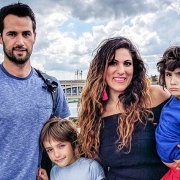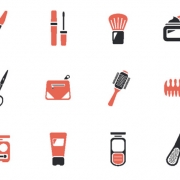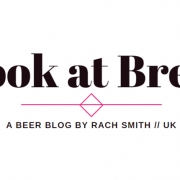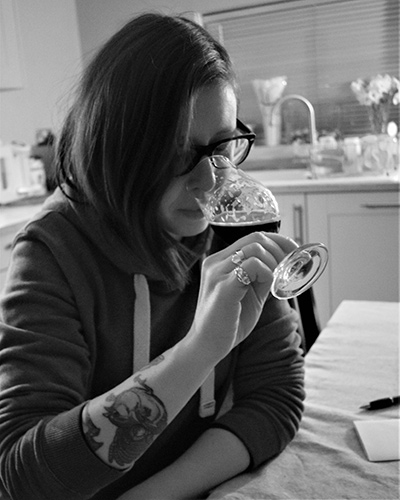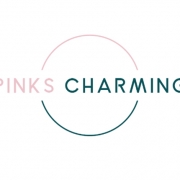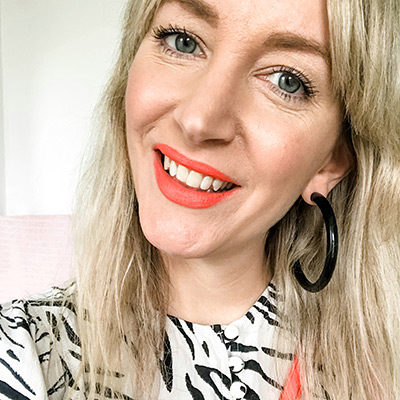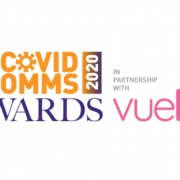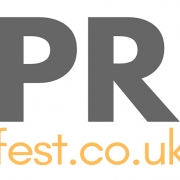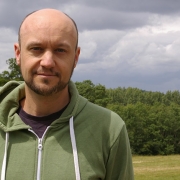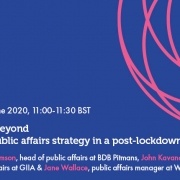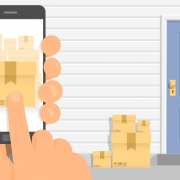6 tips for talking to your clients about inclusivity in campaigns
PR and communications has undeniable issues when it comes to race, class and gender. Numerous studies and campaigns have shown that the workforce is primarily made up of those from white, middle-class backgrounds. As the industry works to welcome and then bolster the career paths of those who come from outside privileged bubbles, conversations have to be had with clients who come from white, middle-class backgrounds themselves and automatically see – and then show – a world in their own image.
On The PR Show podcast last week, Manifest brand strategy director Julian Obubo discussed how this element of unconscious bias in clients impacts campaigns, and how PR agencies need to challenge the ‘cultural whitewashing blind spot’. Below are just five of those in the PR working to do better on this, and how they’re talking to clients about inclusivity.
1. Ensure your own team is diverse first
‘I have a mantra: you can’t represent who you don’t represent. If clients can’t identify with you, then they won’t instruct you. Sometimes, you lose work because of a lack of “chemistry”. Well, imagine that, but for all the clients who don’t even invite you to pitch for the work as they can’t see anyone at your organisation who looks like they have their shared values and interests at heart. Convincing clients to be more diverse is simple economics and good business sense because the more diverse your personnel, the greater chance you have of a piece of work or a new client.
‘If the PR profession was more diverse, we’d be selling fewer stale, pale and male stories to the media who, in turn, would cover more of those differing voices. Think back to when BBC News was based in White City – how representative of the north was it then? Nowadays, you’re just as likely to see talking heads from Leeds and Manchester on the 10 o’clock news as you are from Hackney.’
Simon Marshall, founder of TBD Marketing Ltd
2. Don’t tiptoe around the issue
‘A lot of our clients are in the social enterprise, charity or social movement space, but even so it’s surprising how often we have to point out simple things like every photo in a brochure is of a white person, or that every proposed speaker or panellist at a planned event is male.
‘In my experience, a lack of thinking about diversity and inclusion is often because of who is sitting around the table. People at work fall back on their own life experience and knowledge. Thinking about diversity isn’t always front of mind for all clients – even though it should be.
‘My view is you wouldn’t be doing your job properly if you didn’t speak up. I wouldn’t beat around the bush or treat it as a sensitive issue to tiptoe around. If it’s not been thought of, you’re being helpful pointing it out.’
Helen Furnivall, managing director of High-Rise Communications
3. Remind the client the discussion isn’t criticism, but a necessity
‘Ours is a relationship business, but what we too-often overlook is our relationship with the public. Gone are the days where brands can get away with selling a white-washed, rose-tinted pipe dream – the public crave authenticity. With the cries for racial justice resonating across the world in recent weeks, inclusivity has never been more important, especially in PR.
‘If your team reflects your audience then chances are, you’ll connect with them better – and what client could argue with that? A diverse and inclusive team is more likely to make magic and capture the attention of the audience, so start by showing your client that connection. Present it as a win-win for all involved, and make the business case for having an inclusive team. Now, some clients will be more au fait with these issues than others, so remember to stress that it’s not a criticism. It’s simply another way we add value for our clients – by reminding them that if a brand’s not staying relevant, then its days are numbered.’
Cai Wilshaw, ‘Dragon Angel’ at The Fourth Angel
4. Prepare genuine reasoning
‘With all advice we give to clients, the way it is received depends on the relationship with the client and how you’ve previously managed their expectations.
‘What I tend to do when talking to clients about sensitive subjects such as inclusivity is firstly find a news article or public issue that relates to the topic and ask them how they feel about it. This then gives me an opportunity to present my ideas about how we could amend a specific campaign or project. It’s vital to prepare reasoning before having the conversation to ensure that the client can understand why you may be making these suggestions. Talk to them about the audience and how it could be perceived, and go on to make reference to any competitor examples.
‘Another effective method is asking the client about their long-term goals for inclusivity and whether they feel that this specific campaign/project will help them achieve those goals.
‘Inclusivity must be genuine. Releasing public material that portrays a firm as inclusive when in fact they aren’t, will do more damage than good and lead to a bad brand image. As PR professionals, it’s our role to ensure that all communications are genuine and in the best interest of both the client and the reader. Lots of firms jumped on the back of the Black Lives Matter campaign by sharing a black square, yet their brands don’t resemble that of an inclusive brand.’
Gemma Birbeck, PR consultant and founder of Leuly Photography and PR
5. Don’t ignore the challenge
‘While discussing your plans with your client, make them hold up an imaginary mirror. Let them see campaign ideas through a different lens. If they cannot see that their projects/briefs are not inclusive on race, disability, sexuality, gender expression, etc. ask, “does this match with your company values?” Hopefully at this stage they can put themselves in someone else’s shoes and see the light. If inclusive values are not part of their organisation’s culture, then as a PR you have an even bigger challenge on your hands, but a challenge you must never ignore.’
Hilary Collins, managing director and founder at Big Wave PR
6. Acknowledge where you haven’t done enough yet, and then do better
‘It’s important to be part of a conversation on diversity not just because it’s newsworthy but because it’s the right thing to do. PR isn’t just about reflecting an organisation as it is. It’s also about shining a light on them and in doing so, hopefully helping to improve it.
‘We see synopses covering what journalists are writing about, plus are constantly looking at published pieces, and so it’s our job to tell clients what current comment themes are. With diversity being at the forefront, it’s important that people we work with are prepared to answer questions on diversity and diversity initiatives. And there’s no point having a tokenistic approach – everyone can see through this.
‘I was asked the question earlier today “is it too late to get involved in diversity at this stage?” – I said no. It’s a really good time. It’s not a knee-jerk response at this stage – it’s a considered approach, and by now, you should have actions and plans to back up your comments. It’s fine to say, “we haven’t done enough,” provided you follow that up with what you’re planning to do next.’
Jessica Morgan, business owner at Carnsight Communications



